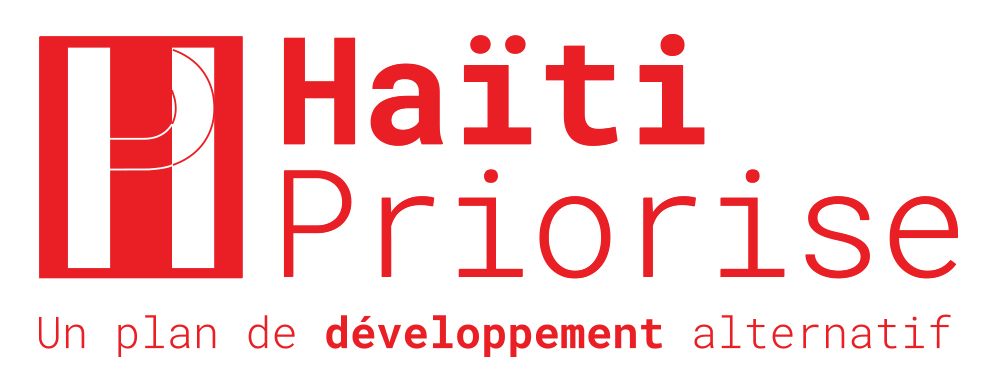Haïti Priorise: Rice Intensification, Lybbert
Description of Problem
National rice production relative to rice consumption has fallen five fold since 1985. Productivity constraints and challenges abound, including poor infrastructure, ecological degradation, insecure land tenure, lack of investment, poorly developed input and output markets, and frequent climatic, political and economic shocks. National rice production, which once fully met domestic rice consumption, now accounts for less than 20% of consumption.
Solution
- Improved and intensified rice production
Between 75% and 80% of the country's rice is grown in the Artibonite Valley. The rice value chain is weak due to low productivity resulting from poor infrastructure, limited access to agricultural technologies and inputs, inadequate drying, harvesting, and storage facilities, and poorly managed, inefficient marketing systems.
The intervention aims to change agronomic practices. The geographic scope of this intervention is the roughly 28,000ha of irrigated rice in the Artibonite, which accounts for nearly 80% of total rice production in Haiti.
System of Rice Intensification (SRI) helps farmers meet their food needs while lowering water use and seed expenditures. Three specific practices commonly distinguish SRI from more traditional production practices in Haiti:
- Early transplanting of seedlings at 8-12 days old rather than the older 21-30 day seedlings in the traditional system.
- Spaced planting of single seedlings on a grid in contrast to random spacing of clusters of older seedlings.
- Intermittent irrigation that allows fields to dry out periodically.
SRI represents a radical departure from traditional practices and contradicts the conventional wisdom of generations of rice farmers. It fundamentally substitutes some inputs (seeds and water) with others (weeding and transplanting labor). This intervention includes:
- SRI demonstration plots. One SRI demonstration plot in each irrigation bloc (~215 hectares).
- SRI-A training program. A 'train-the-trainer' approach to teach SRI practices, encourage experimentation and adoption of at least some lessons from SRI
- SRI-A technical support. The intervention will provide seasonal stipends to farmer trainers and partial salary support for technicians and extension agents from the local government's Agricultural Bureau (BAC).
- Coordination and implementation by local irrigation users associations. Irrigation block associations will provide local institutional capacity to coordinate and implement the intervention.
- Agricultural credit expansion support. Initial but declining support will enable local credit unions to lend directly to farmers in collaboration with local irrigation associations.
- Dredging and maintenance of primary irrigation canals and drains. Maintenance of primary canals and drains requires heavy machinery and is the responsibility of the ODVA, a division of the Ministry of Agriculture. In recent years, this seems to have been done only when additional external support earmarked for this purpose was forthcoming.
- Incentives to mototiller service providers. Farmers must have access to sufficient and timely land preparation services. Many farmers hire these services from a mototiller (two-wheeled tractor) service provider, but there are currently too few service providers. Support could come in the form of vouchers given to farmers through the credit union, or direct subsidies on the mototillers.
Summary Table of the BCR
| Intervention | Benefits | Costs | Benefit for every gourde spent |
|---|---|---|---|
| SRI-A,to improve rice productivity in Artibonite | 2.9 billion gourdes ($43 million) | 3.9 billion gourdes ($57 million) | 0.76 |
Benefits and Costs
SRI is labor-intensive and therefore labor is the largest single cost, followed by land preparation, fertilizer, and harvesting, milling and transportation. There are costs for the scheme such as direct support to the irrigation associations for coordination and training. The total cost is around 3.9 billion gourdes, or $57 million.
The researchers suggest that overall the intervention would lead to an initial rice yield gain of 14%. On average, this means benefits of about 23,000 gourdes ($330) for each hectare each year. This sounds positive. However, costs go up as well. There are higher private costs for labor, land preparation, fertilizer and transport, and in addition substantial costs in technical support. For each hectare, costs increase by about 30,000 gourdes ($430). That is why the researchers find that the project does not ‘break even’ in terms of its investment: the overall returns to Haiti are less than what is spent.
This might seem surprising: SRI has many enthusiastic supporters. While the overall picture is not positive, SRI might make better sense for some farmers with access to especially cheap labor. It’s also worth pointing out that alternative configurations of SRI interventions might be more effective.
And some elements of SRI might make sense as stand-alone interventions. For example, ensuring that the ODVA maintains canals and drains would almost certainly have benefits higher than costs. Extending access to agricultural credit in the Artibonite Valley may similarly have important impacts.

